|
Junc
2021
Contents
Monthly Meeting
Upcoming Field Trips
President's Message
Bird of the Month
Special Articles
Field Trip Reports
JUNE MEETING:
Hollow Park Field Trip
June 17, 2021 @ 6 pm
Meet at the park at 400 E. 800 S. Payson Utah. You can park along the road on
800 S.
We will be walking the trails around the park. Hope to see you there! This will
be in place of our monthly meeting.
FIELD TRIPS:
Hollow Park Field Trip
June 17, 2021 @ 6 pm
Meet at the park at 400 E. 800 S. Payson Utah. You can park along the road
on 800 S.
We will be walking the trails around the park. Hope to see you there! This
will be in place of our monthly meeting.
|
|
|
|
BIRD OF THE MONTH:
|
|
|
|
|
Williamson's Sapsucker
(Sphyrapicus thyroideus)
[Reprinted from August 2014]
-
By Machelle Johnson
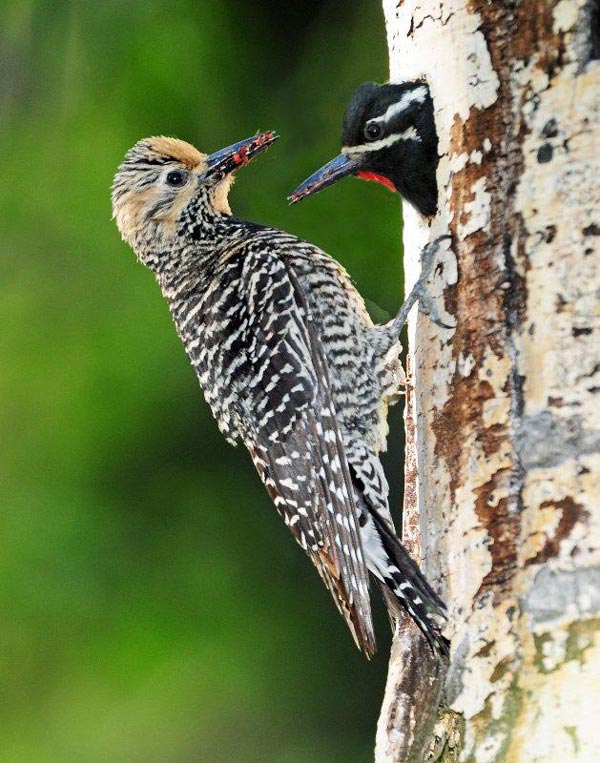 |
|
Female on tree, Male in
nest hole.
photo by Paul Higgins
©Paul Higgins
|
An uncommon woodpecker of the western
mountains, this medium-sized, handsome woodpecker breeds in open forested areas
with conifers, mainly Ponderosa Pine, Douglas Fir, and Grand Fir. Typically
found in higher elevations. It usually nests in aspens, both live and dead, and
in snags as well as the main body of the tree.
Pete Dunne's description says: "The classic sapsucker body is complete with a
strong, straight, pointy sapsucker bill. The male is unmistakable. Shiny and
uniformly black above (head, back, tail), it has a head creased by two white
stripes and a bold white wing patch. The prominent white rump is visible only in
flight. Underparts are black on the chest, yellow on the belly. Immature males
are like adults but lack the red throat and yellow belly. Females are overall
pale and, in spectral defiance of the wraparound pattern of narrow blackish and
grayish barring, have a brownish cast. Their heads are warmer and buffier, and
their faces conspicuously plain. The blackish breast-band and yellow belly (not
usually visible, since birds forage with their bellies pressed against tree
trunks) are absent on immature females. Although female Williamson's lacks a
white patch in the wing, a very conspicuously white rump (visible in flight)
distinguishes this species from other female sapsucker. Cool fact: Originally,
the female was considered to be a different species and named the Black-breasted
Woodpecker by Cassin.
Sapsuckers get their name from their foraging strategy of drilling holes in tree
trunks, and then coming back to those holes later to feed on the running sap and
the insects attracted to that sap. They also chip bark from trees to get to
insects boring beneath. Sometimes they work up from the bottom of one tree and
then fly to the base of another when the canopy is gained, much like a creeper.
These birds seem just as inclined, however, to switch trees as to climb and will
forage horizontally through a woodland--landing, searching a trunk for ants or
other insects, then flying on to another tree. Because of this active feeding
pattern, Williamson's is usually conspicuous when breeding--an advantage from a
birding standpoint because the species also tends to be quiet. They are most
commonly found on the trunks of trees.
This species took its common name from Lieutenant Robert Stockton Williamson,
who was the leader of a surveying expedition which collected the first male.
They were trying to identify the best route west for a railway to the Pacific
Ocean.
References: Pete Dunne's Essential Field
Guide Companion, Wikipedia, birdweb.org
Click here for past 'Birds of the Month'.
|
|
|
Special Report
|
Birding Southeast Arizona
by Keeli Marvel
Last month Sam Phillips and I made a long awaited trip
down to southeast AZ to do some desert birding. We’ve been wanting to do it
for a few years but it seems like work field season and busy schedules
always got in the way until we just decided this year it was the year to
make the trip. We left on a Thursday and drove straight down to Phoenix. Sam
picked up her first lifer - a Gila Woodpecker with a nest hole in a
Palm Tree across the street from the patio of the restaurant we stopped at
for dinner.
After spending a night in an Airbnb in Chandler AZ, we drove down to Tucson,
where we made a quick pit stop to see a vagrant Northern Jacana on
Ina Rd where it has been hanging out for the last few months. We also picked
up a few other fun species there including a perched Gray Hawk.
|
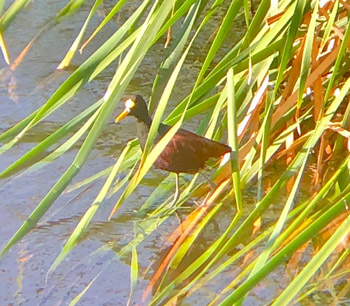
Northern Jacana that’s been
hanging out for months in Tuscon |
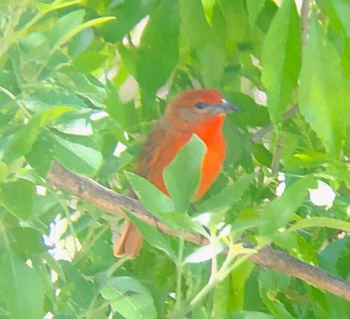
Lifer Hepatic Tanager
|
After that stop we headed down to Madera Canyon where we were lucky to nab
the last open campsite in Bog Springs Campground. While setting up camp Sam
got a lifer Arizona Woodpecker at our camp site. After setting up
camp we headed down near the bottom of Madera Canyon, to the Whitehouse
Picnic Area. We birded the trail below the picnic area and then headed up
canyon along the trail that runs along the creek between there and the
Madera Picnic Area. That turned out to be a particularly good choice and we
picked up 42 species, including several lifers for Sam and one for me, a
Hepatic Tanager. Highlights along that trail included Painted
Redstarts, Bridled Titmice, Dusky-capped Flycatcher, Acorn Woodpecker,
and Hutton’s Vireo. We also saw a really cool coatimundi, a
weird pointy nosed mammal from Central America.
|
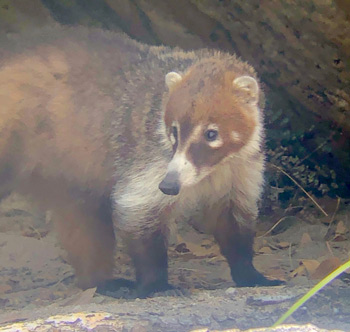
Coatimundi in Madera Canyon
|
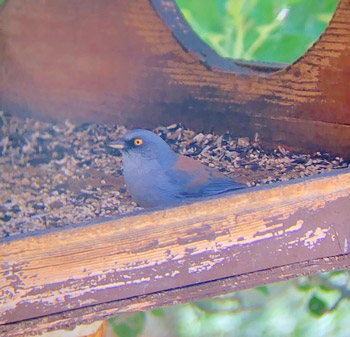
Yellow-eyed Junco
|
|
Next we sat down on the benches at Santa Rita Lodge and got lifer
Yellow-eyed Juncos. Other highlights included Rivoli’s and
Broad-billed Hummingbirds. We spent the late afternoon scouting out
the trails at the top of Madera Canyon and had a heard only Olive
Warbler and Montezuma Quail, the only ones we got during the
trip. |
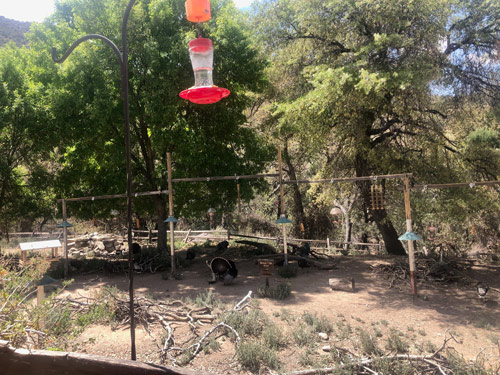
The Santa Rita Lodge feeder setup
|
Later that evening, while waiting for the sun to go down, we saw a
Zone-tailed Hawk and a Short-tailed Hawk (both lifers for both of
us) soaring over the canyon from the Santa Rita Lodge parking lot. The
elf owls reliably still nest in a pole across from the Santa Rita lodge
and the lodge owner/host comes out most nights to show people and help them
get pictures without disturbing the owls. When we were there the male came
in from his day roost and called to the female right after dark and then she
came out of the nest hole and they went off foraging.
The next morning we spent a couple hours hiking up the Agua Caliente Saddle
fork of the Carrie Nation Trail where we got lifer Red-faced Warblers.
Warbler migration was in full swing and we also saw Townsend’s, Grace’s,
Hermit, and Black-throated Gray Warblers.
|
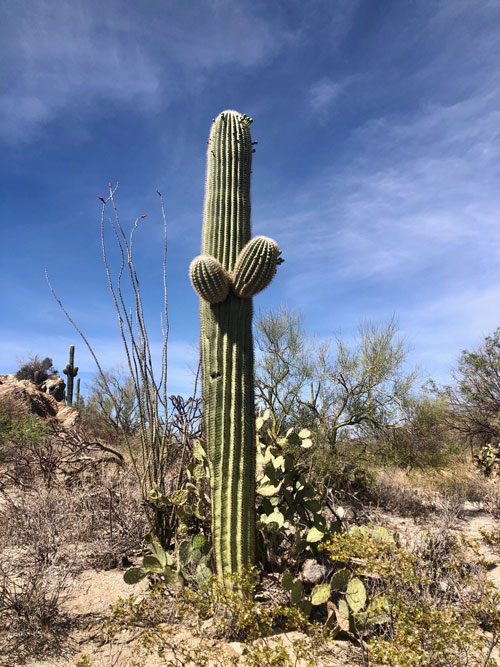
Saguaros are home to lots of birds including Gilded Flicker and Gila
Woodpecker
|
That afternoon we headed out to the Paton’s Center for Hummingbirds in
Patagonia, which is an Audubon property down near the border with a bunch of
bird feeders That bring in all kinds of fun birds. There we got a lifer
Violet-crowned Hummingbird. It was quite birdy there and we saw a
Curve-billed Thrasher and Summer Tanagers and Abert’s and
Green-tailed Towhees and Lucy’s Warblers.
On our last day in Madera Canyon we packed up camp and headed over to
Florida Canyon, just north of Madera. At the corrals below the base of the
canyon we got a lifer Cassin’s Sparrow. You can park at the gate at
the bottom of the canyon and hike up around the outside fence line of the
Santa Rita Experimental Range Station. Black-capped Gnatcatchers have
been reported setting up a couple breeding territories there and we were
able to find them by hiking up above the station property. Other highlights
on the trail included Cactus Wren, Scott’s Orioles, and
Pacific-slope Flycatcher.
That afternoon we journeyed back up to Tucson and spent the afternoon
driving around Saguaro National Park where we got a lifer Gilded Flicker.
After another night at an Airbnb in the Tucson area, we headed home via a
quick stop outside Phoenix again to pick up six species of doves (Eurasian
collared, Inca, Ruddy Ground, Common Ground, White-winged, and
Mourning Doves) in Monterey Park in Gilbert, AZ.
Total lifer for the count for the trip: 12 species for me and 30 species for
Sam. What a great trip!
Happy Birding!
Keeli Marvel
|
|
Field Trip Reports
|
|
|
Big Day - Utah County
Hotspots
May 8th |
by Suzi
Holt
On May 8th we did our Prep trip for our Utah Co.. Hotspots.
We had a "big day" We had 11 birders with Tatum. We left Payson Walmart at
7:05 am. It was a little rainy and cold but we could see sun over by the
Tintics so we changed the route a bit.
|
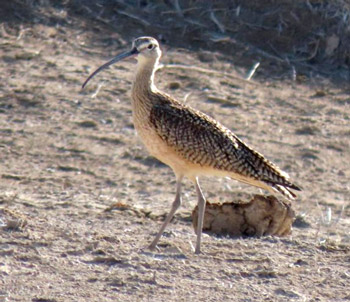
Long-billed Curlew |
We started on Goshen Bay Road hoping for a Short-eared Owl.
No owls but we saw Sandhill Cranes, Long-billed
Curlew, Horned Lark, Bullock's Oriole and a few others. From there we
drove by the Bobolink field in hope of finding one. No luck! But we stopped
by the Secret Pond and found a Solitary Sandpiper! There were also
Killdeer, Mallard, Redhead, Gadwall and Green-winged Teal, Great Blue
Heron and a Black-crowned Night Heron. Off to see a Burrowing
Owl on Elberta Slant Road...success! We stopped in the junipers for a
Gray Vireo...no luck. But we did see Lark Sparrows and Loggerhead
Shrikes. After that we went to the East Tintics. We had Green-tailed
Towhee, Spotted Towhee, Virginia's and Orange-crowned Warbler and
a Broad-tailed Hummingbird vs Blue-gray Gnatcatcher fight! We stopped
at the gas station for a peach frazil and saw Mountain Bluebirds and
Say's Phoebe.
|
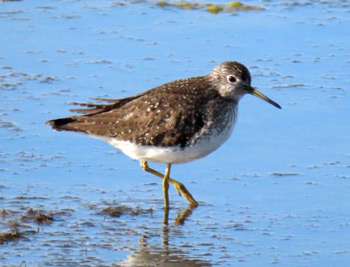
Solitary Sandpiper |
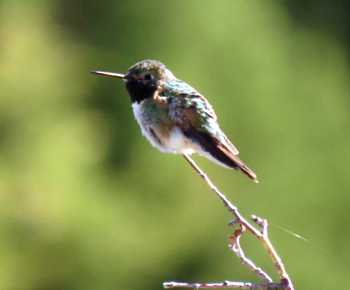
Broad-tailed Hummingbird |
Next stop Dividend Road. We found Golden Eagle, Dusky, Hammond's and Gray
Flycatchers. Black-throated Gray and Virginia's Warbler,
Chipping Sparrow, Western Tanager, Blue-gray Gnatcatcher and 4
Juniper Titmouse! At Goshen Reservoir we found Wilson's Phalarope,
Spotted Sandpiper, Western and Clark's Grebe, Canvasback, Ruddy Duck, DC
Cormorants, Bank Swallow and Yellow-headed Blackbird.
|
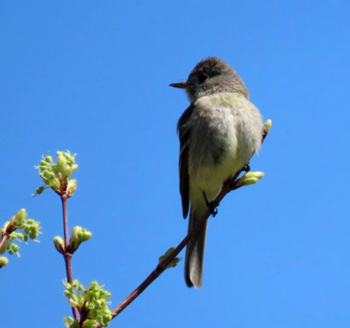
Dusky Flycatcher |
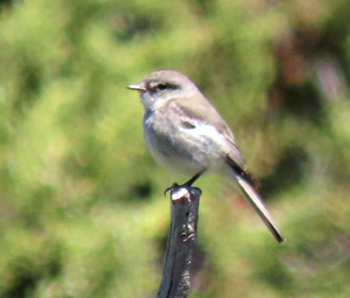
Gray Flycatcher |
|
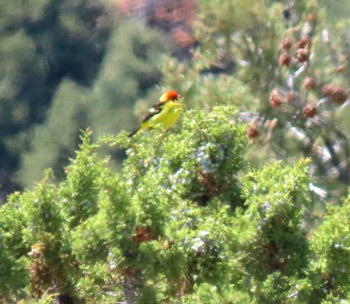
Western Tanager |
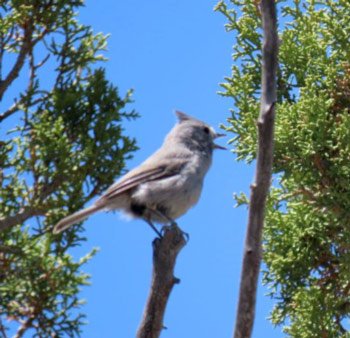
Juniper Titmouse |
|
At Goshen
Canyon and saw a Black-headed Grosbeak, Barn Owl, a active Golden Eagle
nest! We stopped at the East Goshen Pond and saw Snowy Plovers,
Baird"s Sandpiper, Red-necked Phalarope, Mallards, Cinnamon Teal, Willets,
American Avocets. Last stop was Warm Springs WMA. Tons of Cedar
Waxwings, we heard the Sora and Virginia Rail and had
Yellow Warblers, Western Kingbird and Brown-headed Cowbird,
Red-winged Blackbird, and a lot of Mourning Doves.
|
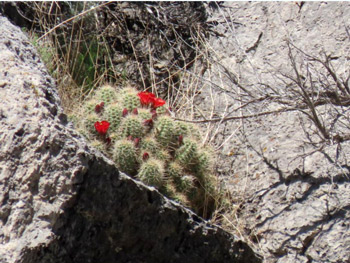
Cactus in bloom
|
|
We had a fun time! The weather was cold at at 49° and windy. But even
though we had to work hard for the birds we felt like we had a great
day! Our total species for the day was 89! |
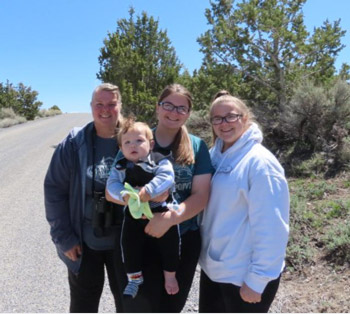 |
|
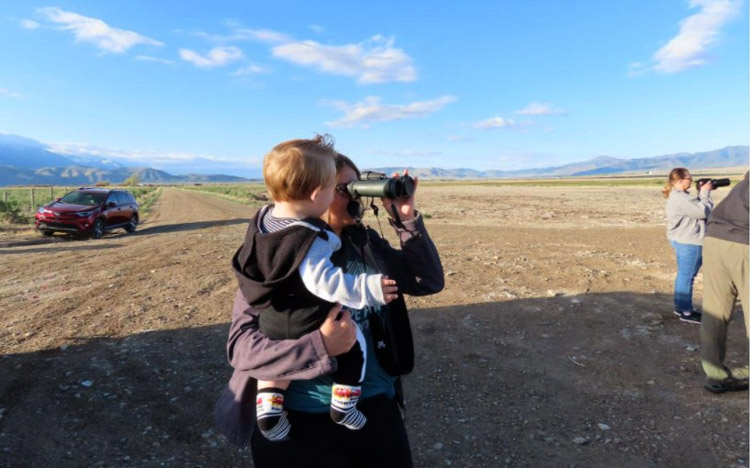
Never too young to start birding! |
|
|
|
|
|
|
|
|